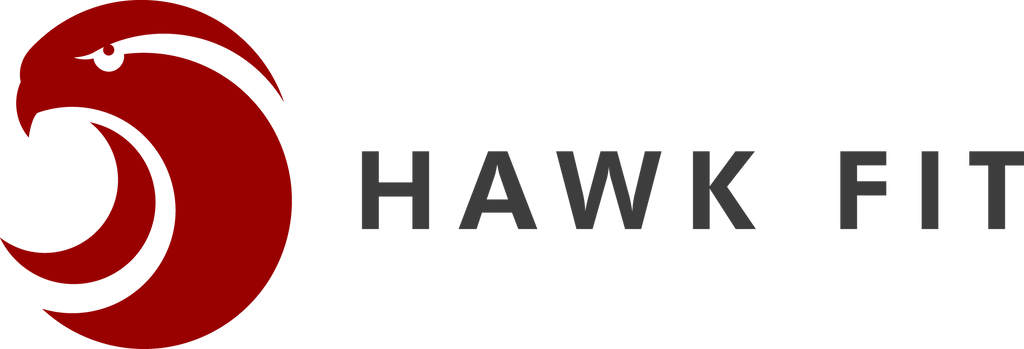When many coaches or PT’s talk about "sticking to the basics," they've usually got a list of certain exercises they're referring to and they'll often judge whether a training program is ‘good’ or ‘bad’ based on what they deem as the basics. They're basically "exercise memorizers" who put methods before principles because they got results from utilizing a certain approach, or have a dogmatic view about certain movements.
When we embrace the reality that a good training program isn't determined by the exercises it incorporates, but how training principles are used and applied, we see (unless you're competing in powerlifting or a weightlifting-oriented sport) there's no particular exercise that any athlete or gym-goer must do in order to improve. There are only training principles that must be followed, and there's a wide variety of applications and variations they can use to achieve their goals- It’s a spectrum. Not black or white, but multiple shades of gray.
There are no basic exercises, just basic principles. How I go about using and programming exercises comes down to how I apply basic principles of training – specificity, individuality, progressive overload and variation.
Resistance training and program design is really a process of decision making and the ability to make intelligent decisions- it’s not something that comes from following trends or memorizing training models and methods from a given organization, athlete, or well-known coach. It comes from having expertise in analyzing exercises and training models based on the universal principles of training and biomechanics. It's these principles that dictate the exercises that should be included and how they're applied in a training program because exercises are just methods that allow us to apply principles. A great coach today will have the same foundational qualities as a great trainer will have 100+ years from now because the universal principles of training and biomechanics never go out-of-date.
Muscles (and other body structures) respond to how they're loaded. They adapt. Different load placement and body position during an exercise changes the force generation and neuromuscular coordination demands of the exercise. Always remember that your body DOESN’T CARE about the external load you use, they care about how much of a demand you’re placing on them internally.
Having a base understanding of biomechanics will allow you to position your body in places of relative mechanical advantage/disadvantage to make that external load create more or less resistance on the target muscle.
Tune into my full discussion with @coach_kassem to understand how to train a bit more intelligently and methodically- unless you want to spontaneously combust and earn yourself a one way ticket to snap city, otherwise, keep doing you boo boo.

